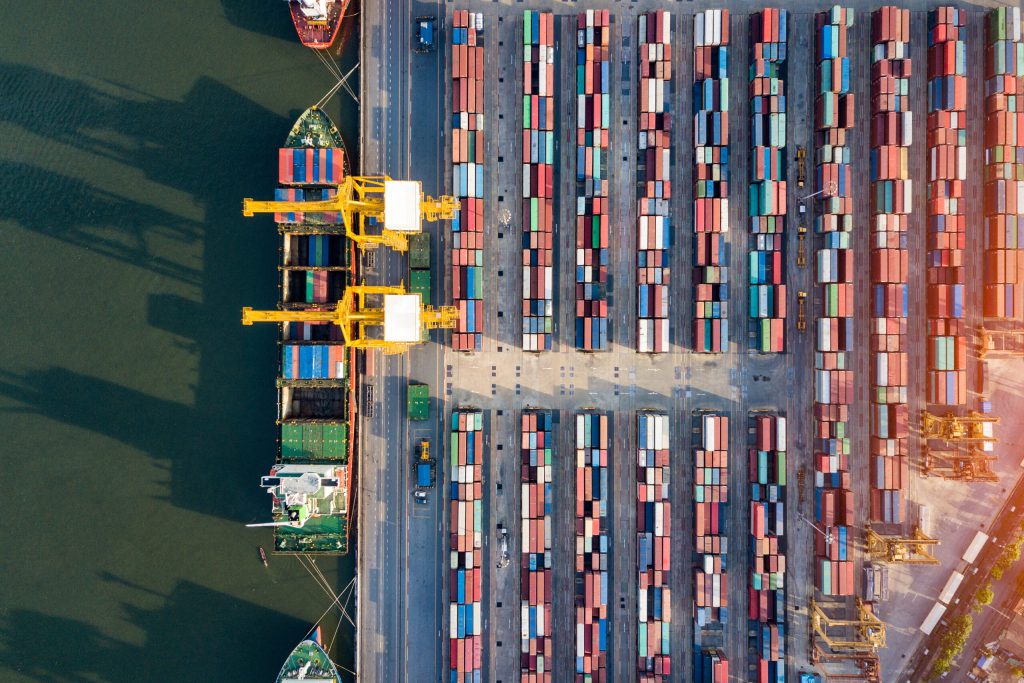
Double act – creating credible net-zero flight paths with complex supply chains
Corporates addressing climate change as part of their business strategy must tackle the decarbonisation of Scope 3 emissions. Dr. Andrew Coburn, CEO of Risilience, sets out why data, transparency and partnerships with suppliers are critical to credible net-zero flight paths.
Over 40% of large companies in the UK have now made a net-zero pledge. This trend is on track to reach two thirds by the end of 2023. It is being driven by current legislation, such as the Task Force on Climate-related Financial Disclosures (TCFD), and imminent climate-risk reporting requirements, standards and policies. Adapting to the ‘low-carbon economy’ brings pressures from several directions, forcing change on companies. Demands from shareholders and investors are among them, with the expectation that businesses should show responsible environmental stewardship and change to address climate change.
Avoiding erosion of business value
Some company leaders are pledging to reach net-zero targets in the absence of detailed analysis of what that commitment really means for their business. This is significant because the transition risks, business-related risks that follow social, economic and political trends related to a low-carbon future, are transformative for a company, and will present significant challenges for businesses in the coming years. While forging credible net-zero flight paths requires change, failing to take steps to start the journey will cost a company dearly. Risilience found the value of businesses failing to take climate action could be eroded by as much as 30 per cent over the next five years, depending on company profile and how aggressively they tackle climate change.
As an analytics company at the leading edge of quantifying climate and enterprise risk, we work with a range of large corporates, including Nestlé, Burberry and Reckitt, helping them to develop and understand the cost benefit justifications for net-zero plans – see these organisations’ annual reports and Nestlé’s climate risk and impact report. Our approach shows the relationship between the quantification of risk, the potential financial loss that a company might suffer, and the amount spent on offsetting that loss and the associated mitigation.
Addressing Scope 3 emissions
A substantial part of any large corporate organisation’s net-zero strategy requires decarbonising Scope 3 emissions – those generated by suppliers and raw materials. This is necessary because Scope 3 emissions contribute a huge part of the total emissions for many large corporations with complex supply chains. That said, engagement with thousands of suppliers can be daunting and trying to bring multiple suppliers on the same net-zero journey is no easy task.
Best practice involves engagement with suppliers at scale to educate, enable, incentivise and monitor. Collaboration and partnership are key to success because the net-zero plan of a large company depends largely on the progress that suppliers make towards their own decarbonisation.
Valuing data to secure insights
Data is the lifeblood of this task. Developing net-zero flight paths requires establishing the financial picture across a number of ‘what if’ scenarios to understand and quantify components representing the complex number of initiatives that underpin a net-zero plan. For example, knowing the locations where suppliers are securing raw materials, and the global hot spots where it will become harder to do so as climate change progresses, is a crucial part of the data mix. Understanding the challenges those suppliers will face, and the steps they plan to take to mitigate their own risks while supporting them to build markets, is crucial. Their livelihoods will change as a result of climate and your company needs the partnership to continue and flourish for the foreseeable future.
While large corporates have strategy teams and finance offices to understand the complexities of Scope 3 emissions, pushing this level of understanding down to individual suppliers is a tall order. Helping suppliers to understand their options and change patterns as part of a net-zero journey makes good sense. Utilising existing procurement portals to manage large numbers of suppliers by integrating additional questions for net-zero plans and component parts will help to gather and monitor this information.
Partnering with suppliers supports credible net-zero strategy
Partnering with suppliers to decarbonise Scope 3 emissions provides an opportunity to better understand and support their climate-related transition and the associated effects on business. This delivers valuable insights at every level. Data gathered from suppliers can be incorporated into a framework that speaks to a company’s quantification of risk – an essential component of business transition towards net zero. Data provides a valuable and verifiable asset that can be measured and monitored. Flowing data back to a group-level assessment of overall progress towards de-risking a company’s climate risk, and then passing that transparency on to investors and regulators is critical – and ensures net-zero flight paths are credible and effective.